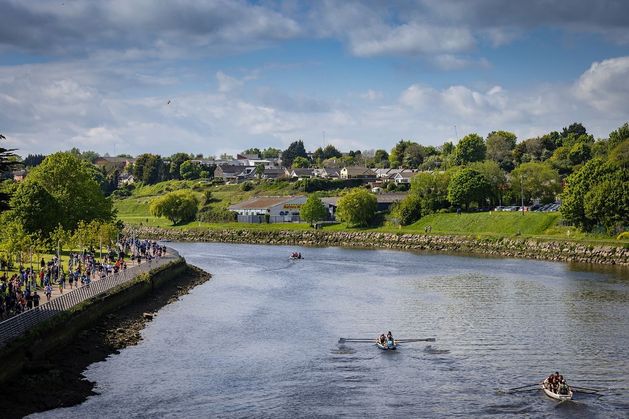The country will fail to meet the target of restoring all waters to “good” or better status by 2027 if the scale and pace of progress is not improved, a new EPA report has found.
The latest Water Quality in Ireland Report, which assessed the quality of Ireland’s rivers, lakes, estuaries, coastal waters, canals and groundwaters between 2019 and last year, found an overall deterioration in water quality despite some improvements.
Just over half of rivers, lakes, estuaries and coastal waters met their water quality objectives and were found to be in a satisfactory ecological condition – a 2pc decline since the last three-yearly assessment.
Excess nutrients from agriculture, urban wastewater and other human activities remain the biggest challenge to achieving better water quality.
Land and river drainage, forestry and urban development are among the activities that have contributed to damage of the physical condition of habitats.
While nutrient levels are reducing in areas where actions are being targeted, the EPA has said the scale and pace of implementation must be increased.
Coastal waters had the highest percentage of waters in “high” or “good” ecological status (82pc) followed by lakes (68pc).
More than half (52pc) of river water bodies are in an “unsatisfactory”, “moderate”, “poor” or “bad” ecological status.
Transitional waters, which include estuaries and coastal lagoons, are in the poorest shape of any water body type, with 70pc in an unsatisfactory condition.
It compares to 92pc of groundwaters being in “good” status, and 87pc of canals achieving their water quality targets.
Some improvements were found in areas that had previously declined, with Clew Bay and Sligo Bay returning to “good” status. Waterford Harbour also returned to “good” status, though the water bodies upstream all remain at “moderate” or worse status.
The report notes that the goal of restoring all waters to “good” status by 2027 is “not going to be achieved” as improvements are being “cancelled out by declines elsewhere”.
It said “significant” actions around targeted measures, improved data sharing and further investment are necessary.
